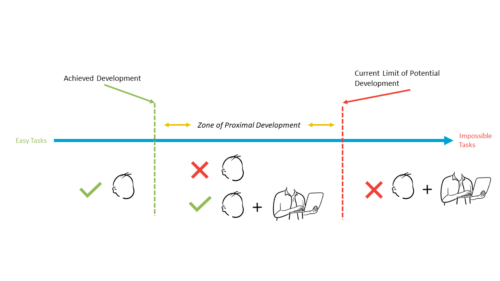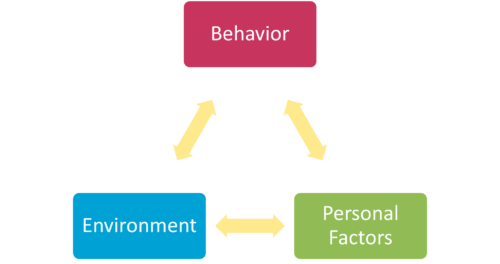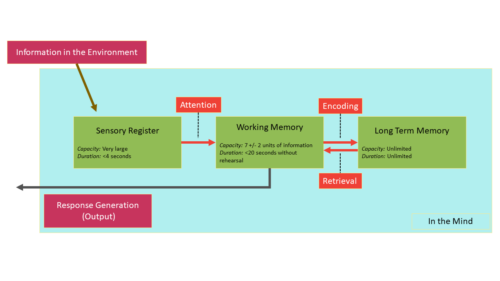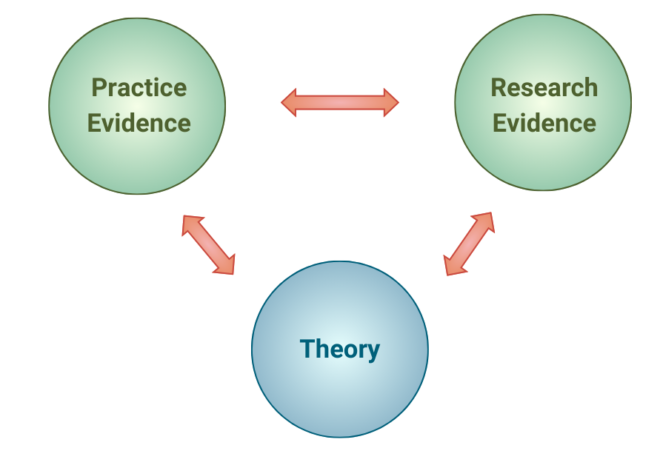Podcasts! Considering K-5 Computing Education Practices
We’re super excited to announce our long-awaited series on K-5 computing education practices!
Our podcasts provide insights from discussions among teachers as they consider meaningful research and how they could adopt new practices into their classrooms.
For educators, these podcasts are meant to provide you with information on various research studies that are may be suitable for your classrooms.
For researchers, the podcasts are meant to insight reflection and further inquiry into how teachers interpret research in context with their classrooms. As we continue our working closing the gap between researchers and practitioners, the discussions can give researchers additional perspectives that they may not already have.
Special thanks to Association of Computing Machinery (ACM) SIGCSE for funding to support this work through a Special Projects grant! We also thank our additional sponsors, Amazon Future Engineer and Siegel Family Endowment, who support our outreach efforts at IACE.
And special thanks to Emily Thomforde for tirelessly leading the discussion groups every week for many years. Shout out to Jordan Williamson (IACE), Emily Nelson (IACE), and Monica McGill (IACE) for creating, modifying, and reviewing the podcasts and briefs!
Either way, we hope you enjoy the podcasts!
- Series opening – Podcast
- K-5 Computing: Design in Action (Abstraction) – Podcast, Practice brief
- Making Computing Meaningful to All Students – Podcast, Practice brief
- Integrating Computing into Literacy and Math – Podcast, Practice brief
- Parsing Parsons Problems for Teaching K-5 Computer Science – Podcast, Practice brief
- Integrating CS into Other Subjects – Podcast, Practice brief
- Physical Computing for K-5 Students – Podcast, Practice brief
- Series closing – Podcast





